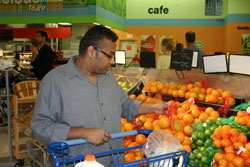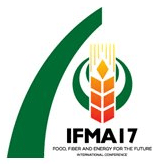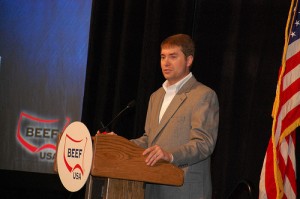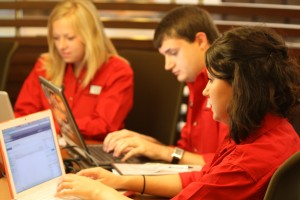 Here’s our first report from the IFMA 17 Congress. Good job newsroom!
Here’s our first report from the IFMA 17 Congress. Good job newsroom!
From farmers markets to super markets, IFMA 17 delegates had the opportunity to spend Sunday, July 19 touring the Meijer’s Super Store. Delegates arrived at the Bone Student Center Sunday to register for this week’s events. A shuttle, provided by Peoria Charter Coach, took them from the ISU Campus to Meijer.
While at Meijer, delegates had the opportunity to purchase items forgotten or lost on their trip to Bloomington. Others were able to experience an “indoor” farmers market as they shopped in Meijer’s fresh produce section.
This is just one of the many “American experiences” that delegates from over 26 countries will experience this week at IFMA 17.
Since IFMA’s start in 1971, Bloomington, Ill., is only the second U.S. City to host the Congress.
For review of the complete itinerary, visit: http://www.ifma17.org/


 The
The  The
The It looks like there was very little interest on the part of soybean growers to request a new referendum according to the results of the latest opportunity as announced by USDA.
It looks like there was very little interest on the part of soybean growers to request a new referendum according to the results of the latest opportunity as announced by USDA.
 The folks at
The folks at 
 Today I met with the National Beef Ambassador Team to conduct a workshop on social networking: using blogs, Twitter, Facebook, Google and YouTube to help share the beef cattle production story. The ambassadors have a
Today I met with the National Beef Ambassador Team to conduct a workshop on social networking: using blogs, Twitter, Facebook, Google and YouTube to help share the beef cattle production story. The ambassadors have a  It’s Cattle Industry Summer Conference week in Denver and Amanda Nolz is on the ground doing some
It’s Cattle Industry Summer Conference week in Denver and Amanda Nolz is on the ground doing some